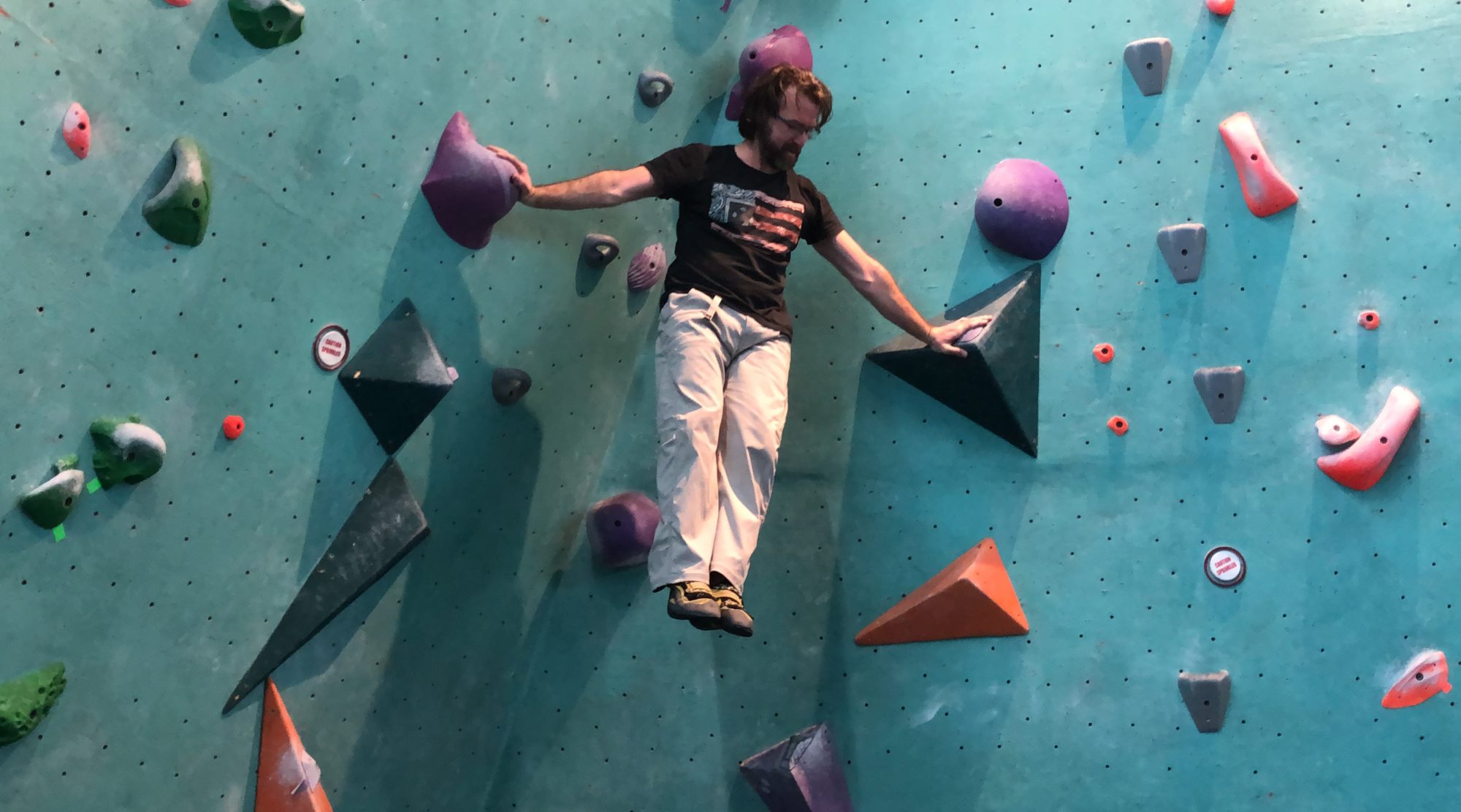BENEFITS OF Foam Roller Massage Therapy
- correct muscle imbalances
- increase joint range of motion
- decrease muscle soreness and relieve joint stress
- decrease tight or overly toned muscle tissue
- increase extensibility of muscle and tendon tissue
- increase performance
- maintain normal functional muscular length
Self Foam Roller Release Instructions
Self-myfascial techniques are very simple to learn. To perform self-myofascial release you will need a foam roller and a small ball (such as a golf ball, tennis ball, lacrosse ball, or softball).
In this article I will go over self massage therapy using a foam roller for beginners. This is a shorter session that should take between 30-45 minutes to complete. The goal of this session is to begin to unlock the hips and shoulders. After you have spent a few weeks and feel more comfortable with self-myofascial release therapy, there is an intermediate and advanced session that I teach.
Following the directions in the pictures below, place your body weight on the foam roller over taut bands of muscle tissue that need to be released. For the best results, begin near the center of the body and slowly work away from the center of the body.
Relax your body, breathe, and slowly roll through the length of the muscle. Your muscles will naturally tense up, especially when you hit a trigger point. Ease into it and allow yourself to relax.
If you find a painful spot, stop and visualize the soft tissue as melting butter and the foam roller as a hot knife. Allow pressure into the tissue and within 30-60 seconds you will notice a significant reduction in pain. Once the pain reduces significantly (20-30%), move on to the next painful spot and repeat.
Spend between 3-5 minutes on each side. It is very important that you spend an equal amount of time on both sides and that you work through each of the areas listed to gain the most out of self-myofascial release.
Beginners Session Pictures
Arches







Other areas you can roll out are the calves, IT band (outside of thigh), quads (front of thigh), chest, and shoulders.
The first couple of weeks of foam roller therapy will be painful. It is important to be diligent and commit to doing it every day for two weeks, because the payoff is well worth it. If you use the foam roller every day, within a couple of weeks you will begin to notice not only does the exercise not hurt as much, it will begin to feel good and you will be on the path to feeling great. Over time the muscle and fascial tissues heal, improving flexibility, function, and performance providing chronic pain relief and injury prevention.
When to foam roll?
- When you hurt
- Before you exercise
- After you exercise
- In the morning
- Before bed
- While watching TV
- Just about any time is a good time
Self massage therapy on a foam roller offers an effective, inexpensive, and convenient way to reduce muscle tension and reduce scar tissue adhesion. Self-myofascial release can help you get relief and recovery from chronic pain and injury, improve athletic and work performance, and help you reach your health and fitness goals.
This is the foam roller I recommend: The Grid by Trigger Point Therapy
[email_link]








